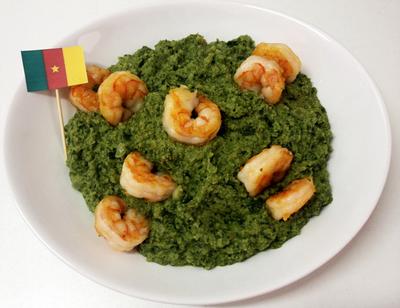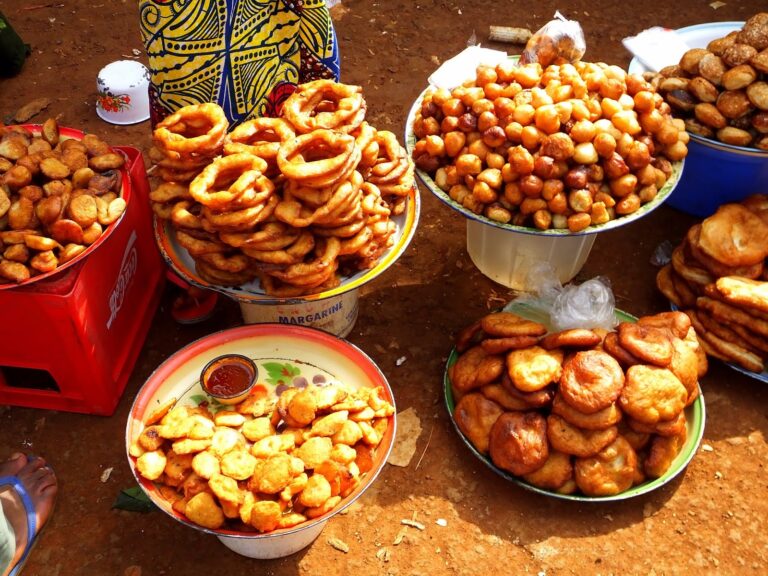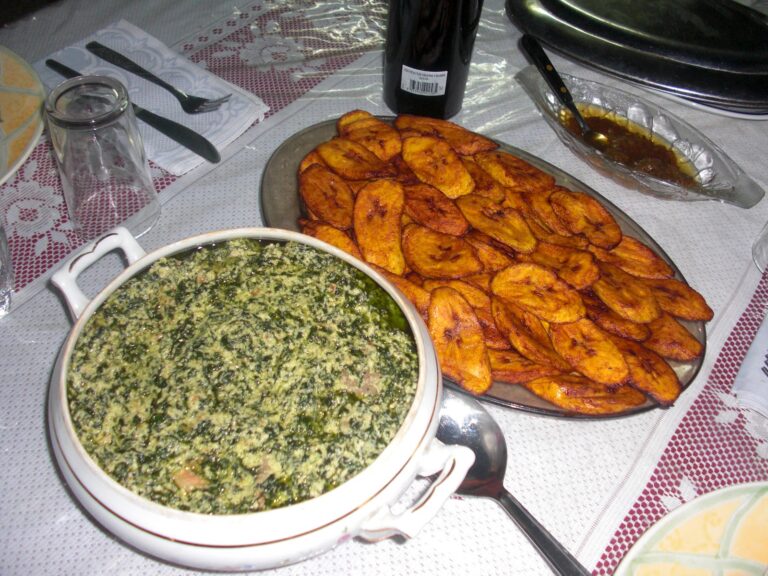Introduction: Cambodia’s Breakfast Cuisine
When it comes to breakfast in Cambodia, there are a variety of traditional options that you can find in local markets and street stalls. These dishes are typically made with fresh ingredients and are often influenced by neighboring countries like Thailand and Vietnam. From rice and noodle dishes to sweet coconut cakes, Cambodian breakfast cuisine offers a unique and flavorful start to your day.
Rice and Noodle Dishes for Breakfast
Rice and noodle dishes are a staple of Cambodian cuisine, and they are also commonly found on breakfast menus. Many of these dishes are made with a variety of herbs and spices, giving them a distinct flavor that is both savory and satisfying. Some popular options include kuy teav, a light and savory noodle soup, and bai sach chrouk, a common pork and rice dish that is often served with pickled vegetables and a fried egg.
Nom Banh Chok: The Most Popular Option
Nom banh chok is perhaps the most well-known breakfast dish in Cambodia. This dish consists of rice noodles that are topped with a fish-based gravy, which is made with lemongrass, galangal, and other aromatic herbs. The gravy is typically served with a variety of fresh vegetables and herbs, including cucumbers, mint, and basil. Nom banh chok is a popular street food option that is enjoyed by locals and tourists alike.
Bai Sach Chrouk: A Common Pork and Rice Dish
Bai sach chrouk is another popular breakfast option in Cambodia that is made with grilled pork and rice. The pork is marinated in a mixture of garlic, soy sauce, and other spices, giving it a sweet and savory flavor. The dish is typically served with a side of pickled vegetables and a fried egg, making it a hearty and filling breakfast option.
Kuy Teav: A Light and Savory Noodle Soup
Kuy teav is a light and savory noodle soup that is commonly eaten for breakfast in Cambodia. The soup is made with a clear broth that is flavored with herbs and spices, and it is typically served with rice noodles and a variety of toppings, including bean sprouts, fried onions, and fresh herbs. Kuy teav is a popular street food option that is both filling and delicious.
Num Krok: A Sweet and Delicate Coconut Cake
Num krok is a sweet and delicate coconut cake that is often eaten for breakfast in Cambodia. The cakes are made with rice flour and coconut milk, and they are typically cooked in a special pan that gives them a distinctive shape. Num krok is often served with a sweet dipping sauce made with palm sugar and coconut milk, making it a delicious and indulgent breakfast option.
Bobor: A Rice Porridge with Various Toppings
Bobor is a rice porridge that is commonly eaten for breakfast in Cambodia. The porridge is made with rice that has been cooked in a broth made with pork bones and other savory ingredients. Bobor is typically served with a variety of toppings, including fried garlic, green onions, and sliced meat or fish. This hearty and filling breakfast option is a favorite among locals.
Other Breakfast Foods in Cambodia
In addition to these popular dishes, there are many other breakfast foods that you can find in Cambodia. Some other options include grilled meats, fried rice dishes, and sweet pastries. No matter what you choose, breakfast in Cambodia is a delicious and satisfying way to start your day.










